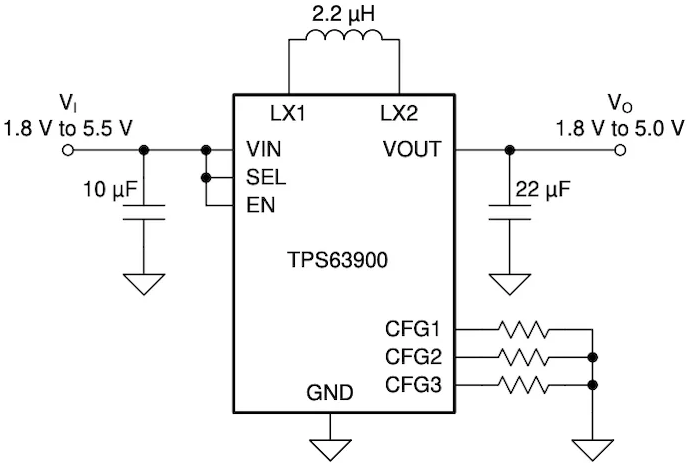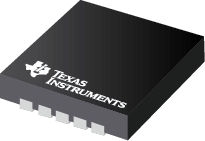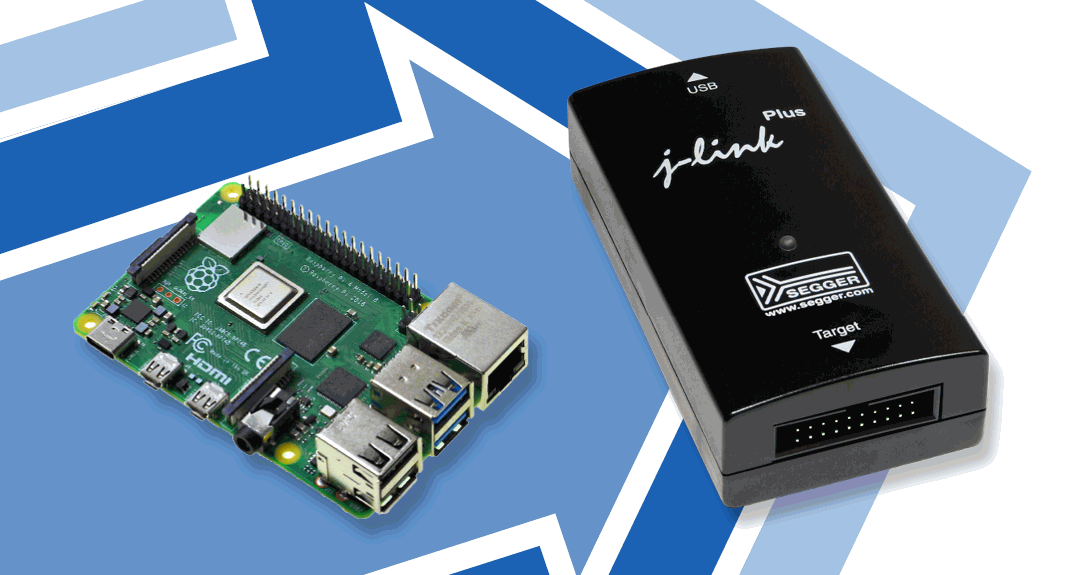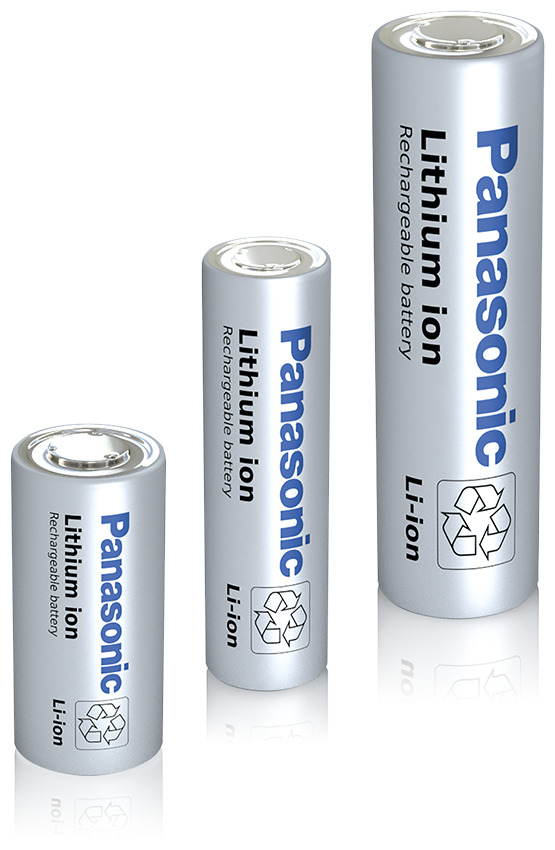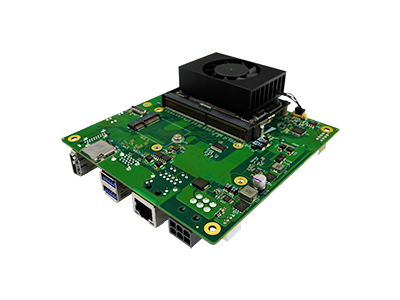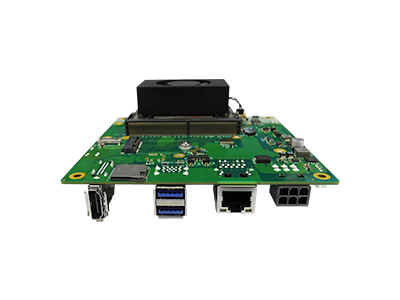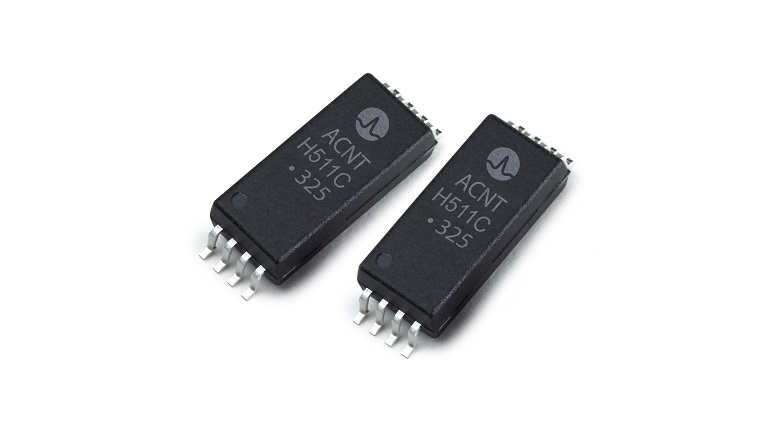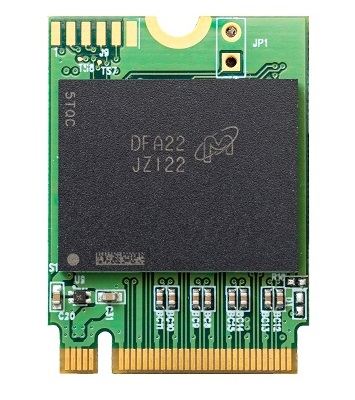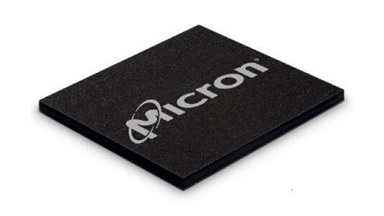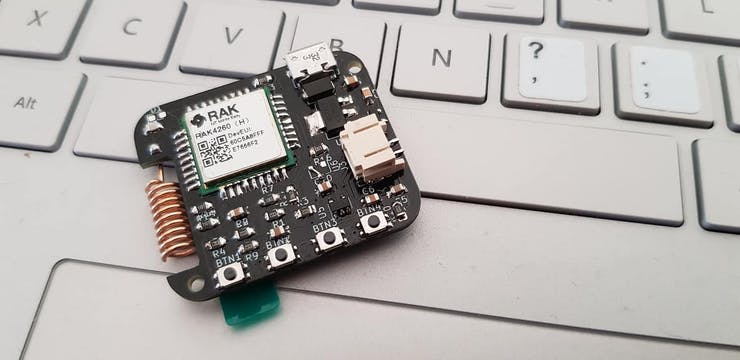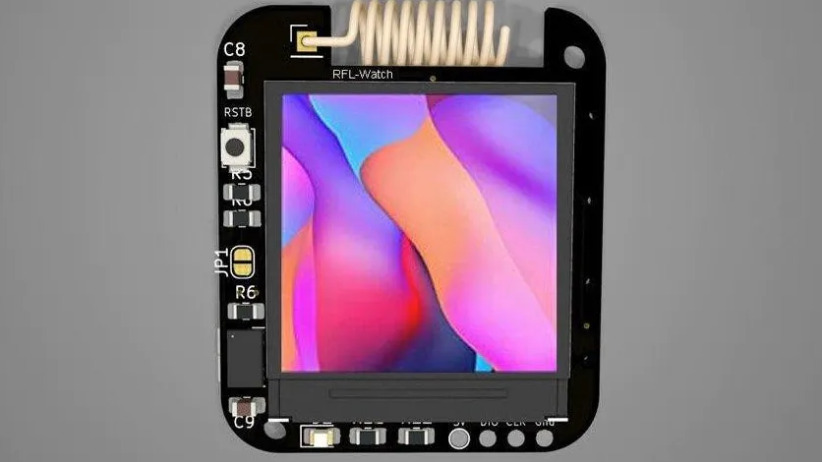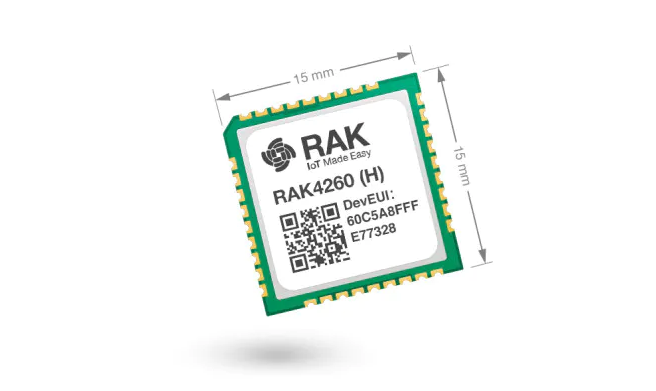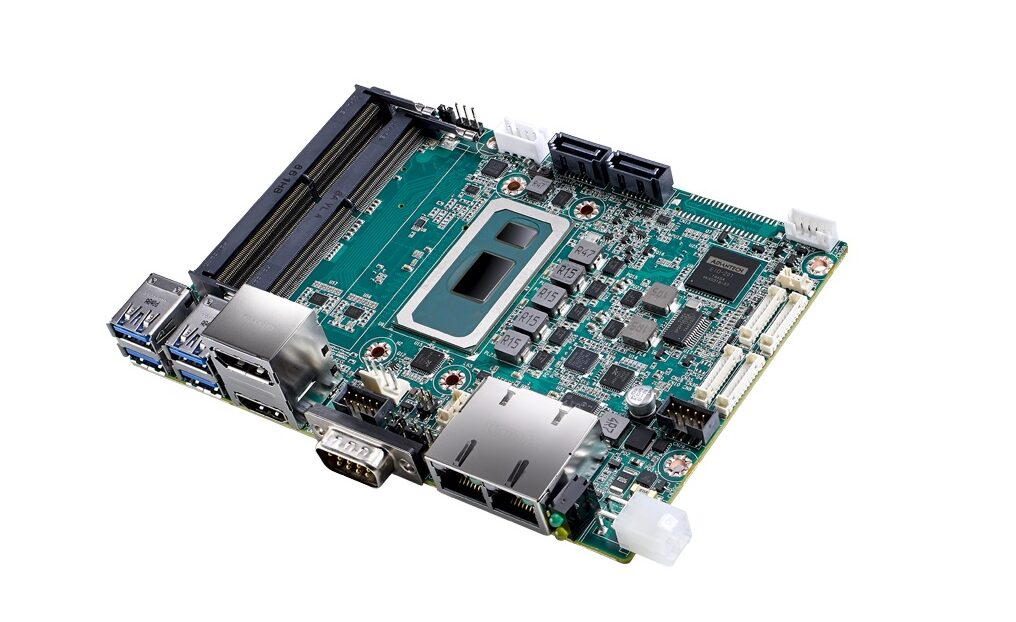
Advantech, a leading global provider of IoT systems and embedded platforms, is pleased to announce the latest 3.5″ SBC MIO-5373 based on the low power 8th Gen. Intel Core SoC. Featuring compact 146 x 102 mm dimensions, the MIO-5373 design not only offers impressive I/O functionality but also provides domain-focused features like CANBus and wide-range power input. It is ideally suited for use in application fields like medical equipment, automation control systems, outdoor kiosks, and areas requiring small dimensions and Intel Core-level computing power.
Quad-Core Performance and High Speed NVMe x4
The new 8th Gen. Intel Core low-power SoC (codename: Whiskey Lake-U) is the first generation to double the computing cores from dual to quad. This new generation provides up to 40% Multi-threaded computing performance over previous generation processors at a TDP of just 15 Watt. Featuring a built-in Gen9LP graphics engine, MIO-5373 supports three simultaneous displays through LVDS/eDP, HDMI, and DisplayPort interfaces up to 4K resolution, as well as H.265/HEVC, H.264/AVC, MPEG2 hardware decode/encode. The MIO-5373 supports Dual channel DDR4 memory up to 32GB(64GB*) and the M.2 M-Key 2280 for NVMe supports high-speed PCIe x4 SSDs, providing extremely high memory and mass storage data rates. Enhancing overall system performance—rather than just that of the core processor—makes the MIO-5373 very well-suited for image processing in medical applications or heavy loading content kiosk displays.
*64GB DDR4 memory supported with selected SO-DIMM modules.
Domain-Focused I/O and Flexible Expansion
MIO-5373’s built-in iManager 3.0 is based on Advantech’s EIO-201 embedded board management controller, which integrates power sequence control for higher reliability and generic functions including GPIO, hardware monitoring, smart fan control and watchdog timer. It also has domain-focused features like high-speed RS-232/422/485 up to 1Mbps, I2C (100kb/400kb/1Mb) and CANBus. iManager provides I/O functionality in company with drivers and software APIs on both the Windows and Linux operating systems to make it easier for software development. MIO-5373 provides adequate expansion for a variety of function cards, including M.2 E-Key for WiFi+BT or AI acceleration card, M.2 B-Key for 3G/LTE modules or SATA SSD’s (optional with M-key for high-speed NVMe/PCIex4 SSD’s) What’s more, Advantech’s MIOe Extension interface provides 4x PCIe x1/USB/LPC/SMBus slots for vertically-focused or customized expansion. The MIOe-260 I/O module provides additional 2x GbE, 8x UART, 4x USB, 2x isolated CANBus, 1x miniPCIe socket and 1x M.2 B-key socket. Together with MIO-5373 and MIOe-260, it enables factory automation processes for AGV, CNC machines, or medical equipment I/O requirements.
Wide-Ranging Power Inputs and an Extended Operating Temperature Range
MIO-5373 comes with a 12-24VDC wide-range power input that easily connects to factory power rails or outdoor equipment with HVAC systems inside. To deal with extreme outdoor temperature conditions, MIO-5373 variants are available supporting operation from -40°C to 85°C. The advanced thermal solution leverages four symmetrical heatsink screw holes around the CPU to dramatically lower thermal resistance between CPU and heatsink and help heat quickly dissipate into air. MIO-5373 effectively solves temperature and thermal issues that often confront outdoor kiosks, railways, and crucial factory environments.
WISE-PaaS/DeviceOn: Value-Added Software and Cloud-Based Manageability
MIO-5373 provides ready-to-use Windows 10 and Ubuntu images in company with iManager software API and SUSI utility. Advantech’s WISE-PaaS/DeviceOn—IoT device operations and management software—makes it easy to integrate, visualize, operate, and manage industrial IoT devices through public or private clouds. With DeviceOn’s easy-to-use interface, users can monitor device health, enjoy real-time control over power on/off, troubleshoot, and perform updates over-the-air (OTA), on-site and remotely.
Product Features and Specifications:
- 8th Gen. Intel® Core i7-8665UE/i5-8365UE/i3-8145UE
- Dual channel DDR4-2400MT/s with up to 32GB and 32GB eMMC onboard
- Triple simultaneous displays with 48-bit LVDS/eDP+HDMI+DP, up to 4K resolution
- Dual GbE, 4x USB3.0, 2x RS-232/422/485, CANBus, 12-24VDC input
- M.2 E-key 2230 for WiFi+BT, M.2 B-key 2280 for SATA SSD’s or 3G/LTE (optional M.2 M-Key 2280 for NVMe PCIe x4 SSD’s)
- MIOe extension interfaces with 4x PCIe x1 (configurable as 2×2/1×4), DDI, USB, LPC, SMBus
- Supports iManager software APIs for Windows 10 and Linux
- Supports WISE-PaaS/DeviceOn
more information: www.advantech.eu


